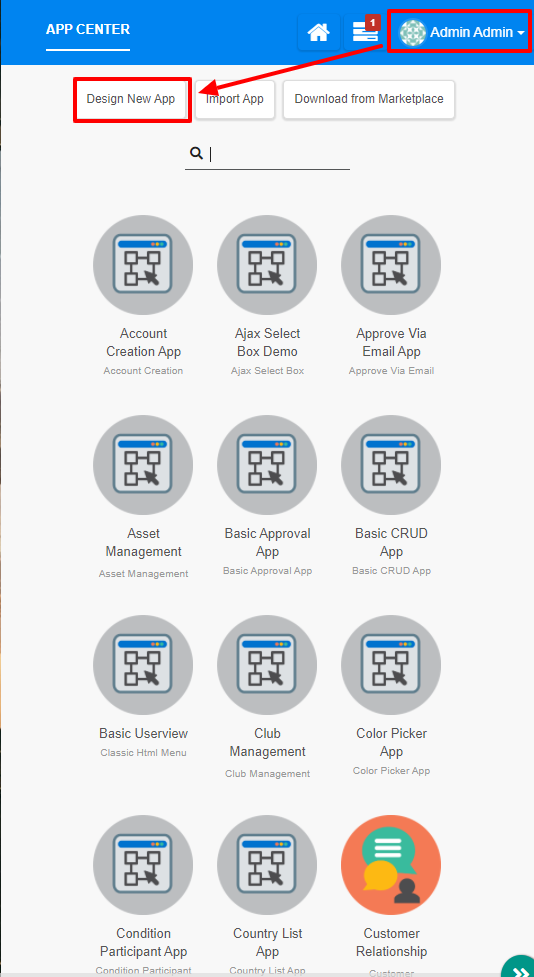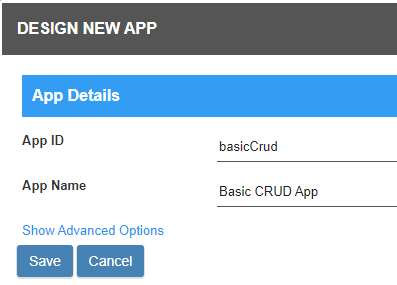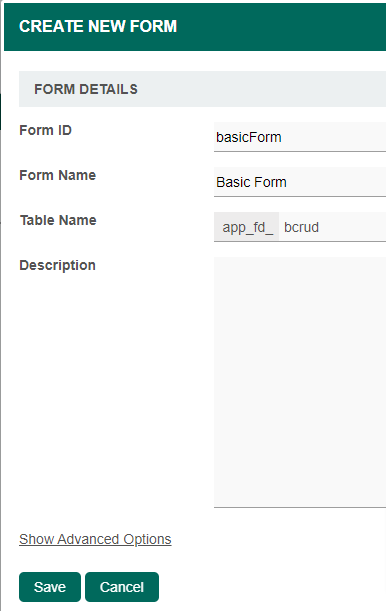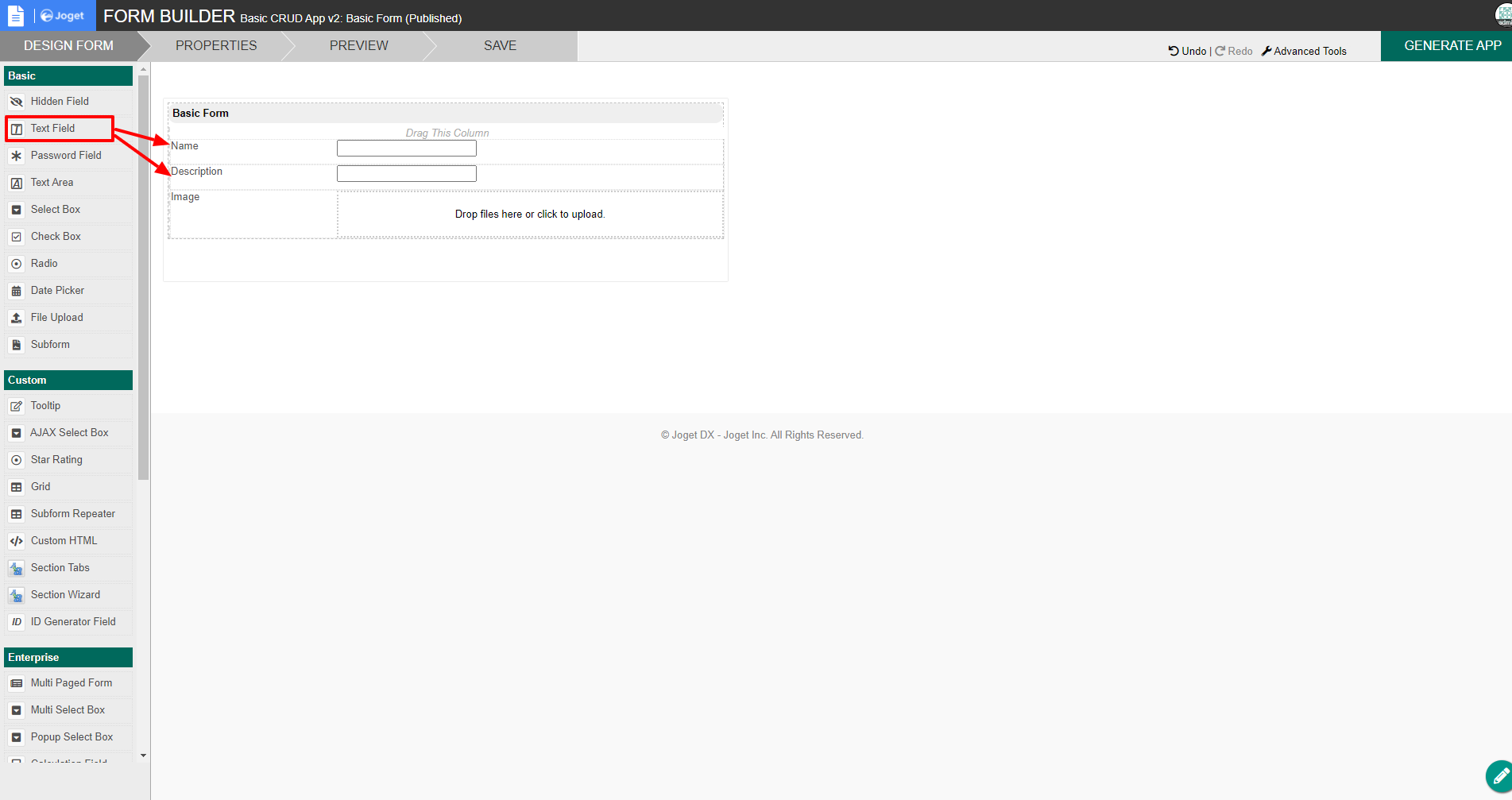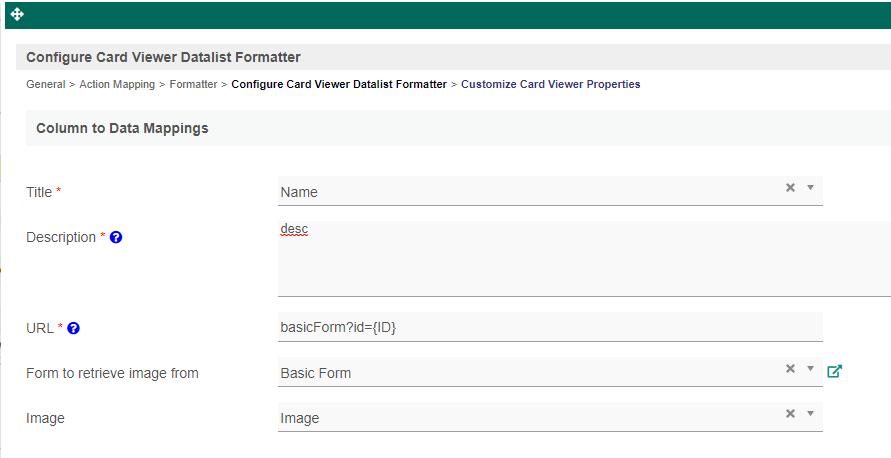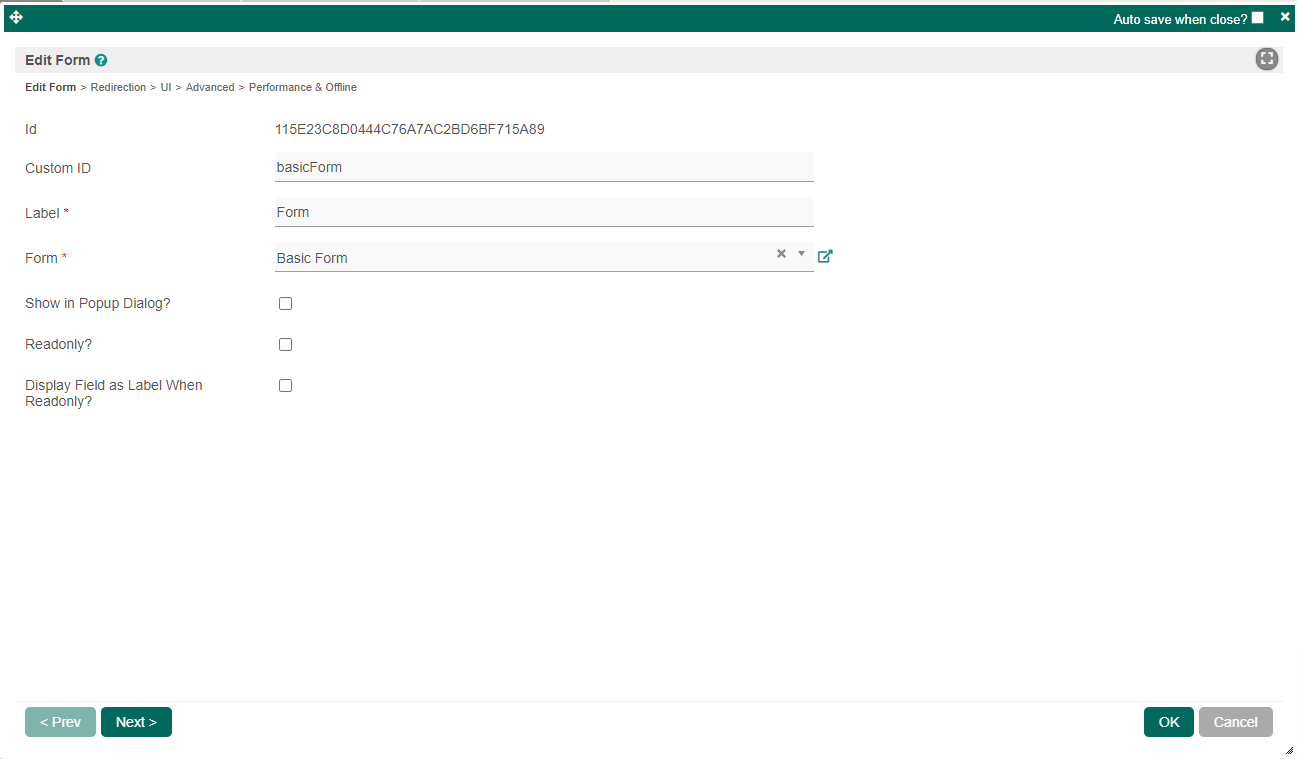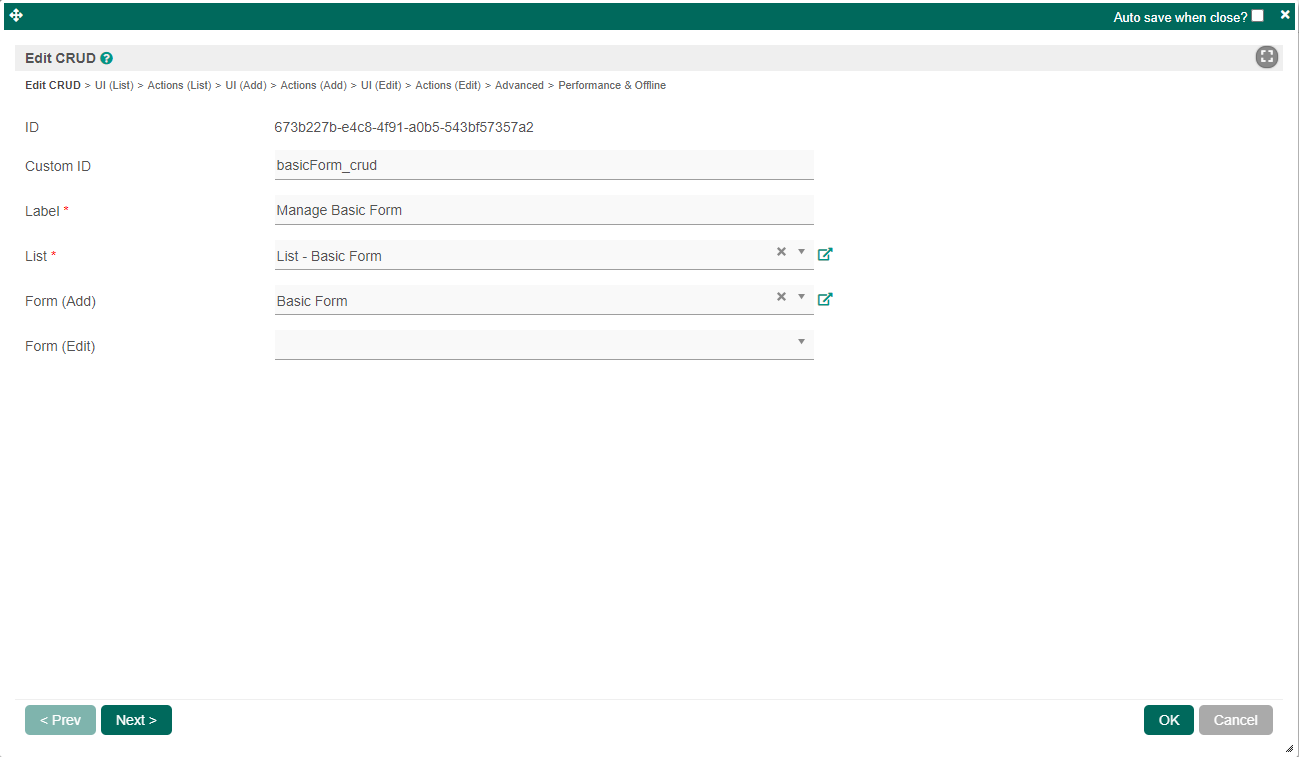...
- Go to the Joget Marketplace plugin page here: https://marketplace.joget.org/jw/web/userview/mp/mpp/_/vad?id=cardviewer_datalist_formatter.
- Click "Download" on this plugin screen (It will be a .jar file).
- Go to your Joget server , and login log in as admin.
- Navigate to "Admin Bar > Settings > Manage Plugins" and click the "Upload Plugins" button.
- In "Upload Plugin", select the plugin .jar file you just downloaded, then click "Upload".
- Depending on the plugin type, you can now use the new plugin in your form or datalist, or userview.
- The Joget Knowledge Base has more information on managing and and developing plugins.
- Alternatively, you can click Download from Marketplace from the App Center Center and search for the Card Viewer Datalist Formatter plugin to install it.
...
- Start the Joget server and open the App Center.
- Login as admin and click on Design New App (See Figure below) or click on existing application.
- For new applicationapplications, fill up the App ID with camel case, and App Name, and click on on the Save button. (See Figure below)
- Create New Form, fill up the Form Details, and click on the Save button. (See Figure below)
- In the form, drag two Text Fields and an Image Upload to upload an image. (See Figure below)
- Fill up the Text Fields and File Upload, for example:
- First textfield field with text field with id = 'name'
- Second textfield text field with id = 'desc'
- File Upload field with id = 'image'
- Click save and generate a CRUD. (See Figure below)
- Edit the newly created datalist and edit the Name column to add the Card Viewer Datalist Formatter. (See Figure below)
- Configure the Card Viewer Datalist Formatter by referring to the Figure below.
- After making sure that you are only displaying the Name column in the datalist, save the datalist.
- Next, go to the userview builder and add a new form element. (See Figure below)
- After that, edit the CRUD and remove the Form (Edit) and save the userview. (See Figure below)
- If you have followed the steps that have been provided, you can click on Preview but but nothing will be showed shown because no data were keyed in the Form yet.
- Therefore, you need to fill in the Form that you have been created, for example:
a. Fill in the Name with 'Alex'
b. Fill in the Description with 'Working as IT Support'
c. Upload an image to be displayed in on the card. - Finally, you can see the final result in the Userview. (See Figure below)
...
| Name | Description |
|---|---|
| Title | Column to map values as the card titles. This is a mandatory field. |
| Description | Column to map values as the description in the card, which will be displayed below the Title text. This is a mandatory field. HTML is accepted here. If no valid column is detected from the data binder, this will be a literal string with support for hash variable variables and syntax like {columnName} to map column IDs from the data binder. |
| URL | Column to map values as the URL to be redirected to when users click the card. If no valid column is detected from the data binder, this will be a literal link with support for hash variables and syntax like {columnName} to map column IDs from the data binder. |
Form to retrieve image from | Select which Form to obtain the image files/paths from. |
| Image | Field from the selected form in Form to retrieve image from images from the property, to map images stored as the card images. |
...
